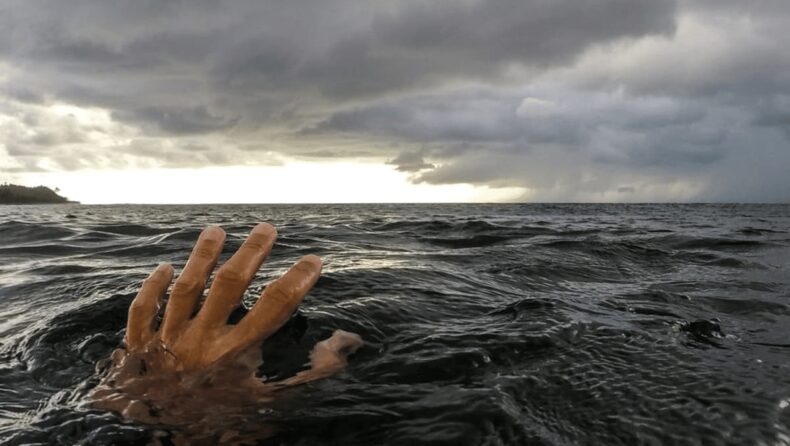Water Bodies: Givers or Takers of Life? Those water bodies that look peaceful from afar might eat you up if you get too close.
Drowning estimation according to WHO and ADSI–
Precaution is better than cure. One may never seriously realise how painful and devastating drowning can be without actually experiencing the loss of someone dear to them. Losing someone to drowning can be worse than a nightmare.
According to the WHO, drowning is the 3rd leading unintentional injury death worldwide.
According to a report on Accidental Deaths and Suicides in India (ADSI), released in 2020, there were 83 deaths every day in India, on average, due to drowning—an unseen public health disaster.
About 62,000 drowning deaths were estimated in 2017, according to a December 2019 Lancet report on estimates of “healthy life” lost in India. This was nearly twice the number of all (30,279) drowning deaths reported in ADSI 2017.
“Thirty-thousand drowning deaths a year is a highly underreported figure,” said Rear Admiral (Ret) Purushottam Dutt Sharma, founder and president of the Rashtriya Life Saving Society (India), a non-governmental organization that provides educational programmes in operational safety, first aid and resuscitation.
The figure could be over 100,000, including those which are unreported and those registered as accidents, as drowning is rampant across the coastline and river-side settlements, he estimated.
According to WHO, In India, men accounted for 78% of all drowning deaths. Men are twice as likely as women to drown around the world due to increased exposure to water and riskier behavior such as swimming alone, drinking alcohol before swimming alone, and boating. Men are also more likely than women to be hospitalized for non-fatal drowning.
A lot of people go missing and can never be found in such huge, life-threatening bodies of water that look godly from a distance. Mostly, children and youths are getting targeted. It’s painful to see the bloated, unrecognizable bodies of our loved ones.
Drowning Overview-
Drowning occurs when a person becomes submerged in deep water and is unable to escape due to impairment in respiratory capacity. It is one of the deadliest things a person can go through.
There are several reasons for saving oneself from drowning, like, learning to swim, avoiding going in deep water, learning cardiopulmonary resuscitation (CPR) and first aid, wearing life-saving jackets, etc. But they are all insufficient.

What if someone is a great swimmer but gets caught in a rip current? Then swimming won’t be a good option. Or experience a high tide in the water?
However, awareness of such crucial issues is minimal but critical. Only a handful of people would know how to handle such a case, but what about the majority of the population?
Why aren’t the authorities taking it seriously? What are they even waiting for? Have fewer people been prey to it?
Why aren’t there any guards, divers, or aquatic experts keeping an eye and protecting people? How can such huge bodies of water be left alone without any surveillance?
Who is responsible for such deaths and the disappearances of people? Why are people allowed to bathe in rivers anytime and there aren’t any restrictions on it? Why aren’t there any fences that cannot be crossed for bathing?
In today’s world, technology is reaching new heights. But what is the use of such technology, which not everyone has access to? or which cannot save a life?
We hear about aquatic robots, flying robots, and Poseidon technologies, but they cannot be seen, at least not in India, one of the most populous countries.
Is it the Internet of Things, which is a human species’ privilege, or is it water technology that is critical to saving human lives?
Readmore- How important is the rescue efforts of bystanders in case of a drowning child?













